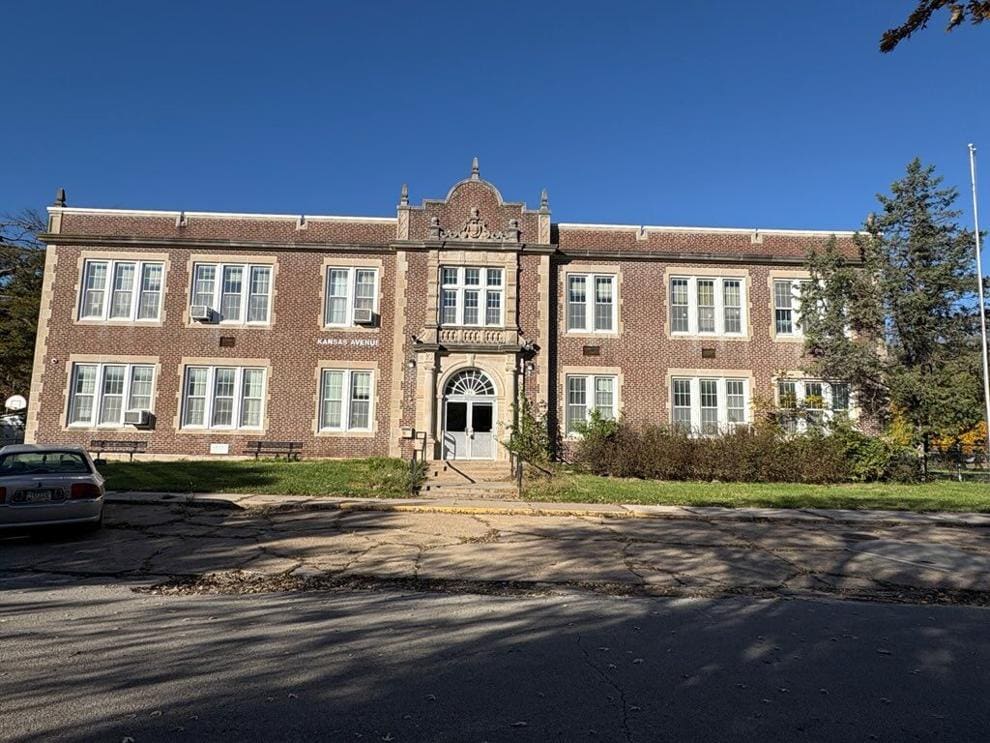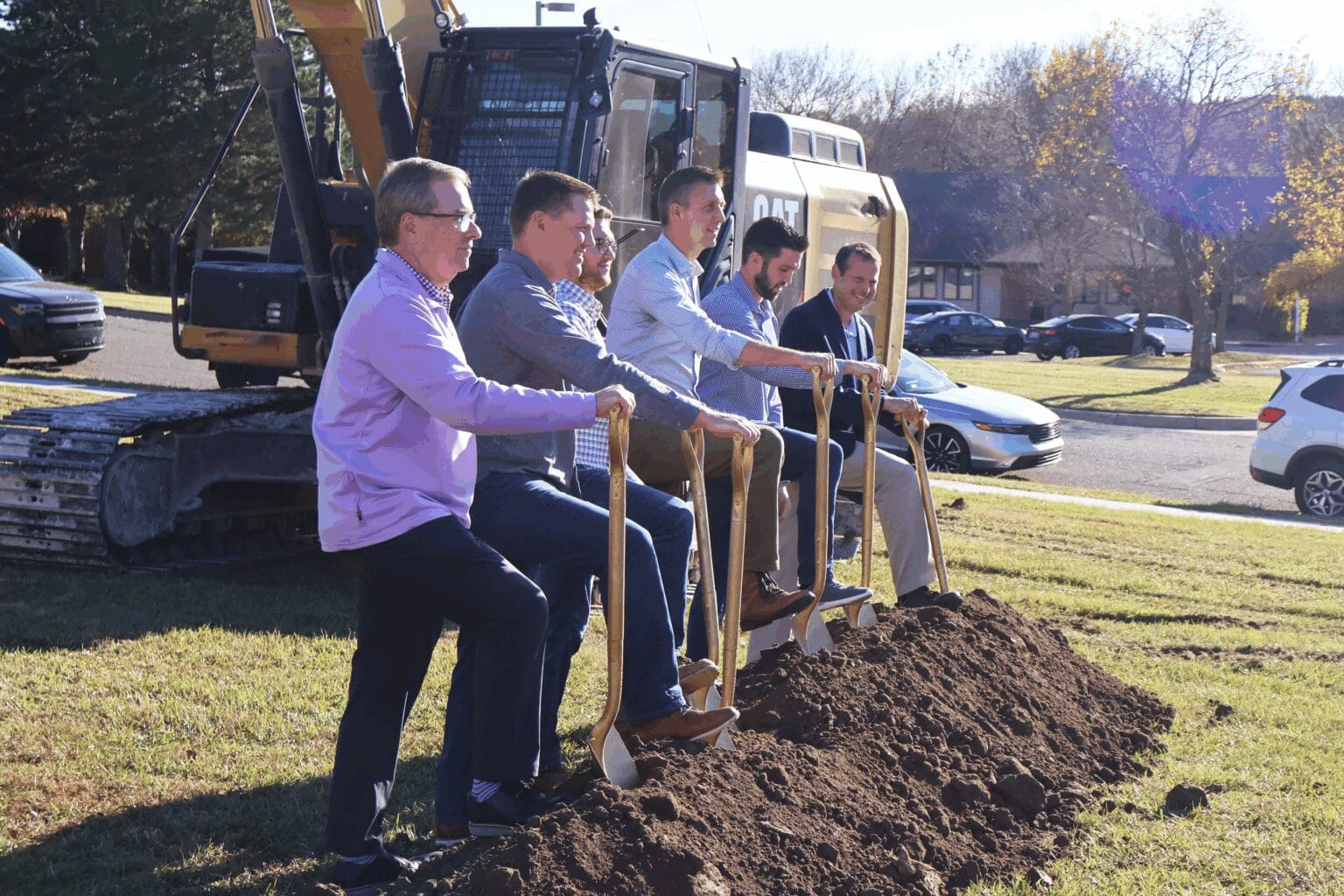Published on May 15th, 2022
By The Editorial Advisory Board
If Kansas wants to combat decades of rural flight and population decline, it needs to invest in affordable housing.
Easier said than done. Across the state, the housing stock is aging, cost of supplies are increasing and often in rural areas it can be hard to see a return on your investment swiftly. Thus many affordable homes simply aren’t in great condition or in the ideal location.
The Topeka Capital-Journal’s Andrew Bahl reports local governments across the state say their communities have open jobs — but nowhere for those workers to live. For example in Sterling, Bahl reports, the 2,200-person town in Rice County has approximately 4,000 jobs, a result of new industrial projects that will continue growing.
But the housing supply isn’t there for those workers to live in town, with some forced to commute from as far away as Wichita, a 75-minute drive each way.
We need to fix this.
And lawmakers are working on it. Bahl reports a suite of new state programs signed into law by Gov. Laura Kelly last week, as well as more funds for existing incentives, state officials are hoping more communities can push toward creating spaces people can and would want to call home.
“Over the next 10 years, my guess is you’ll probably see $250 to $500 million of housing built because of these bills,” said Sen. Rob Olson, R-Olathe, chair of the Senate committee that handles housing issues.
In Alma, Tyler Holloman, owner of Frontier Property Management, recently redeveloped the Limerick Building, creating eight apartment units with 13-story ceilings, new appliances and the original frosted windows. The building, completed in 1890, has historic roots and a lively history.
“Everybody agrees that there’s strong demand for housing in our rural communities,” Holloman said. “But the cost of construction is so high these days that banks are hesitant to loan several hundred thousand dollars to put a project in a rural community, just because the resale value may not be there.”
Bahl reports Sterling and Alma have made use of the Middle Income Housing program, which provides loans or grants via the Kansas Housing Resources Corporation in cities or counties with fewer than 60,000 people.
These are great steps and we need to see more of this if we want to grow our states’ population. We’ve seen how the pandemic has reshaped where people live, work and even commute.
If we can provide affordable housing, perhaps that means rural Kansas might see a renaissance — or at very least a fair shot at vitality.
“Really what it comes down to is if we can’t provide housing for those folks, then we can’t fill jobs,” Holloman said. “We can’t fill jobs. We can’t grow communities. So being able to step in and provide housing is the first step in ensuring the longevity of rural communities.”

